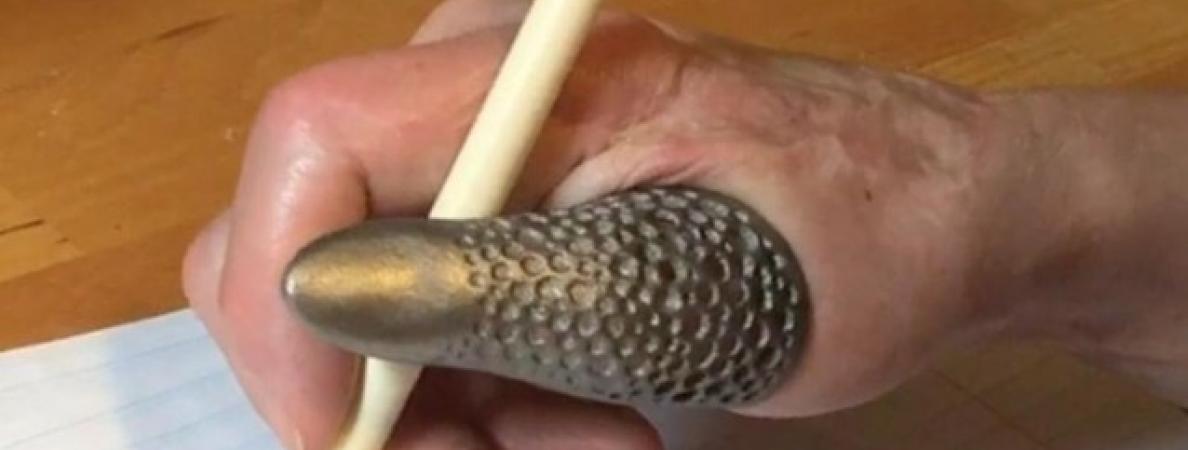
By: Keegan Kozolanka
3D printing has proven to be a valuable tool in the manufacturing world. Medical applications of the technology are emerging that will help patients with prosthetics.
“Working with a person to restore their appearance after they have had a life-altering accident or a diagnosis is a very intimate act,” said Irene Healey, certified clinical anaplastologist – a clinician who designs and manufactures life-like soft-tissue prostheses.
Healey combined her skills as an artist with her knowledge of medical prosthetics to found Toronto-based company New Attitude.
“I was interested in extending my capabilities and exploring the applications of 3D printing in my work,” Healey said. She chose to partner with the Additive Manufacturing Innovation Centre at IDEAWORKS for multiple applied research projects.
The first project was for a patient who had lost her thumb in an accident. The patient needed a prosthetic thumb but wanted a unique look. The patient had an interest in steampunk aesthetic — inspired by the look of industrial steam-powered machines.
The thumb was printed using titanium. Jeffrey McIsaac, General Manager of the Additive Manufacturing Innovation Centre, described the thumb as “cool-looking” and functional.
“We actually have video of her writing with a pen using this implant in her thumb,” McIsaac said.
Healey partnered with the Additive Manufacturing Innovation Centre a second time to find a way to use 3D printing to improve prosthetic breasts.
The aim was to create life-like prosthetic breasts for those who have had a single or double mastectomy and either cannot or have chosen not to have reconstructive surgery. The goal was to maintain the look and feel while reducing the weight of a conventional prosthetic.
“It’s awesome to be able to work on something that could change their life in a really positive way,” said Sierra Robinson, one of McIssac’s students who worked closely with Healey.
Robinson worked on creating a mould for the silicone prosthetic using a Fused Deposition Modelling (FDM) printer. The mould would have a lattice structure made of ultra-flexible material to keep it light and functional.
Through the trials and tribulations of this project, the Additive Manufacturing Innovation Centre team learned a lot about FDM printing and the materials the printer uses. McIsaac said Robinson has become the “resident expert on FDM.”
Healey has presented the work at conferences, which was well received. She said she learned that 3D printing isn’t always the most appropriate or cost-effective technology but it has a lot of potential.
“3D printing has opened up new possibilities and it is exciting to discover applications in my own practice,” Healey said.
The Additive Manufacturing Innovation Centre is continuing with this industry partner on a new project that adapts a similar concept to explore patient health more broadly.




